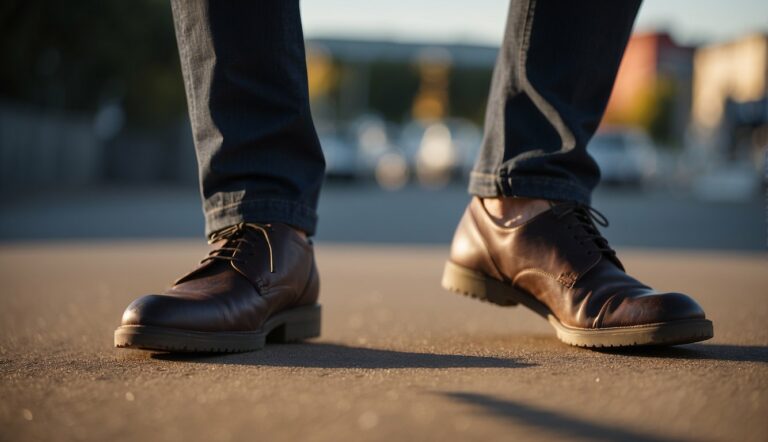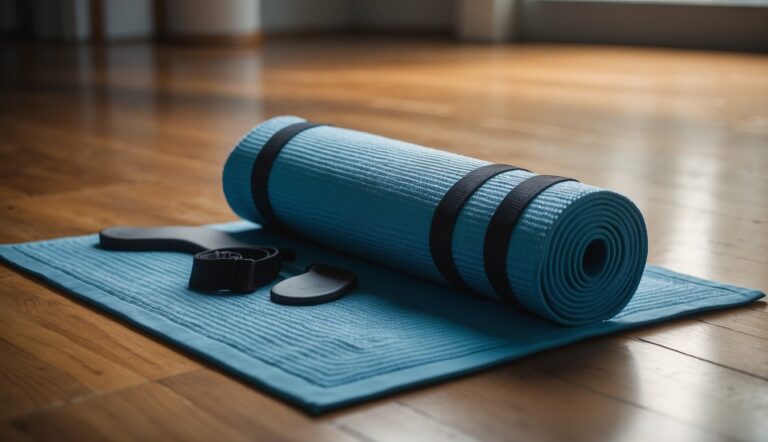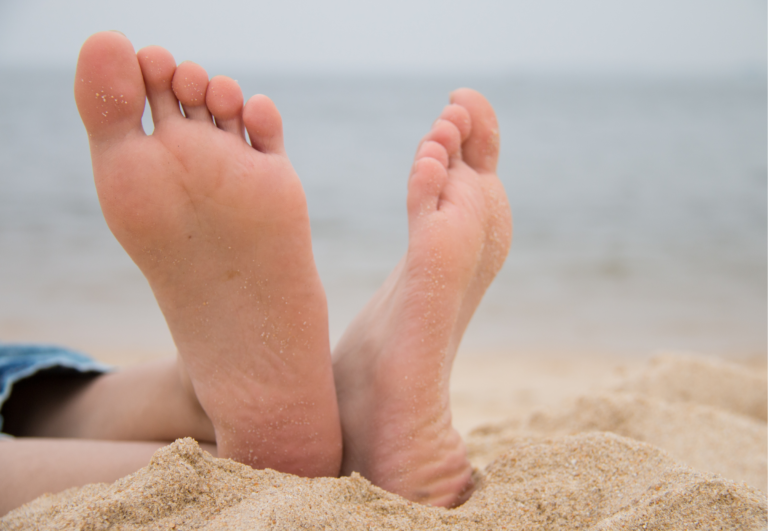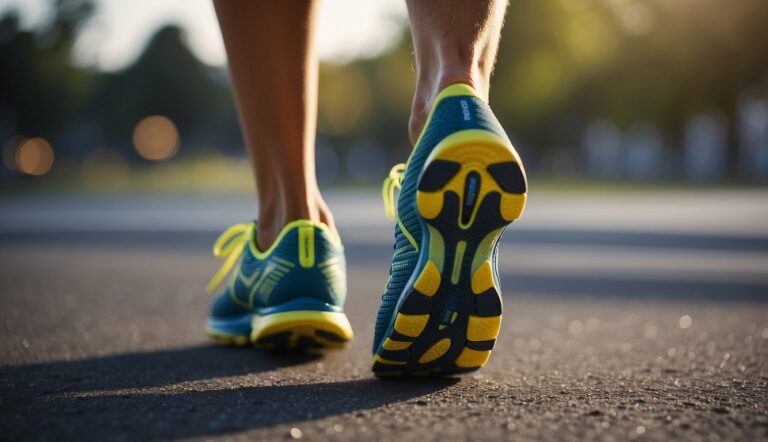What Materials Are Toe Spacers Made From? Uncovering the Common Substances
Toe spacers have gained popularity among people seeking comfort and relief from foot pain. I often recommend their use, due to their simple yet effective design, which helps in realigning toes to their natural position. Typically crafted from soft materials, these devices are an easy-to-use solution for anyone struggling with toe discomfort.
Materials used in the making of toe spacers can vary, but they often include medical-grade silicone or gel-like substances. These materials are chosen for their flexibility and cushioning properties, allowing for a balance of firmness and comfort. Ideal for daily wear, toe spacers made from these substances can absorb the pressures of walking, standing, or running, which may alleviate foot pain for many individuals.
While there are different materials and designs available, the primary aim remains consistent: to provide a non-invasive means to reduce discomfort and promote the well-being of one’s feet. My experience with various types of toe spacers has shown that selecting the right material for your needs is crucial for obtaining the best results.

Materials and Types of Toe Spacers
Toe spacers come in diverse materials, each suited for different needs and preferences. I’ve seen them made primarily from silicone, gel, or foam, all designed with foot comfort in mind.
Silicone Toe Spacers
Silicone is a popular choice for toe spacers because of its durability and flexibility. My experience with silicone toe spacers has shown that they adapt well to the contours of the feet, providing a comfortable, yet firm separation. The material is also washable, contributing to better hygiene.
- Material: Silicone
- Design: Varies from slim to bulkier models
- Shape: Molded to fit between toes
Gel Toe Separators
Gel toe separators offer a softer, more cushion-like feel, which is particularly gentle on sensitive skin. Those who prefer a less rigid separator might find gel materials to their liking. Gel spacers are often enriched with soothing additives for additional comfort.
- Material: Soft gel compound
- Design: Typically slim and discreet
- Shape: Ergonomic to alleviate pressure
Foam Spacers
Foam spacers are the most lightweight option and provide a gentle separation. They are often used for milder toe alignment issues. Foam is the least durable of the three materials but can be a cost-effective solution for temporary relief.
- Material: High-quality medical foam
- Design: Various thickness levels
- Shape: Customizable to fit individual needs

Health Benefits and Usage
Toe spacers are designed to address a range of foot ailments and enhance overall foot health. These practical devices offer not only relief from discomfort but also aid in the prevention and management of foot-related conditions.
Pain Relief and Recovery
For those suffering from bunions or plantar fasciitis, toe spacers can provide significant pain relief. By gently separating the toes, these spacers may reduce the stress on the joints and soft tissues of the foot. In my experience, many individuals have found toe spacers to be a helpful recovery tool after long periods of standing or walking.
- Correct Toes: Toe spacers assist in realigning overstressed feet and may alleviate pain caused by pressure and misalignment.

Foot Deformities and Conditions
Hammertoe is another condition where toe spacers come into play. Their use can help in preventing the overlapping of toes, which is a common symptom of this deformity. Moreover, regular use of toe spacers can support the natural shape of the foot and potentially prevent the worsening of these conditions.
- Bunions: As an adjunct to other treatments, toe spacers promote better toe alignment and may reduce the progression of bunion deformities.
- Support: By restoring the natural toe spread, these devices offer better support and stability to the foot structure.
Enhancing Balance and Mobility
Proper toe alignment is crucial for balance and overall mobility. I have noticed that regularly incorporating toe spacers into one’s foot care regimen may enhance proprioception—the body’s ability to perceive its own position in space. Improved balance is particularly important for athletes and the elderly, who may be prone to falls.
- Balance: A more stable and natural foot position is often noticed by individuals using toe spacers, indicating potential improvements in balance.
- Mobility: Enhanced toe alignment can facilitate better distribution of body weight across the foot, which may improve overall mobility.
In summary, toe spacers, often recommended by podiatrists, can be a non-invasive solution to common foot problems, offering support, promoting foot health, and aiding in the management of foot deformities. It’s important to consult a professional to find the right material and fit for your specific needs.
Choosing the Right Toe Spacers
When you’re looking to improve foot health and comfort, choosing the right toe spacers is critical. The material, size, and design all play a part in how effective the toe spacers will be for your needs.
Size and Fit Considerations
The key to getting the most from toe spacers is ensuring they fit properly. Using a sizing chart is essential to match the spacer to your foot size accurately. A poorly fitted toe spacer can cause more harm than good, potentially leading to discomfort or even injury. Remember, the goal is to aid in foot strength and alignment without causing any issues.
Comfort and Daily Wear
Toe spacers should be comfortable enough for daily wear, especially if you’re looking to correct ongoing foot issues. Materials like silicone or gel are often recommended for their flexibility and cushioning properties. Comfort is paramount, as these devices are often worn for extended periods. Selecting toe spacers that can seamlessly fit into your footwear without causing overcrowding is also vital for day-to-day activities. Consulting with podiatrists can provide insights into the best toe spreaders for your unique foot structure and lifestyle needs.
Specific Use Cases
Toe spacers are integral tools for individuals seeking to improve their foot mechanics and overall wellness. They offer benefits tailored to the demands of different activities.
Athletes and Active Lifestyles
Running: For runners, toe spacers are crafted from flexible materials like silicone, which provides cushioning and durability, as noted in a study on orthoses in treating hallux valgus. When incorporated into their regular routines, they can lead to better toe alignment, enhanced stability, and potentially improved running performance.
Workouts: Athletes across various sports use toe spacers during workouts to maintain foot health. These devices aim to create more space between toes, promoting proper joint alignment which may translate to better athletic performance.
Yoga and Meditation Practices
Yoga: In my yoga sessions, I’ve noticed that toe spacers can improve balance and grounding. They encourage active toe separation which can enhance posture and body awareness, essential components of a fulfilling yoga practice.
Meditation Practices: While less about the physicality, toe spacers also benefit meditative practices by fostering a sense of bodily alignment and focus. In seated or standing meditations, they can support the maintenance of a comfortable, distraction-free posture, grounding the experience both physically and mentally.
Care and Maintenance
When I handle toe spacers, I always prioritize their durability and hygiene. Made from various materials like silicone, rubber, or foam, toe spacers need regular cleaning to prevent buildup of skin cells and bacteria. Here’s how to keep them in top condition:
Cleaning:
- Rinse Daily: After each use, rinse the spacers under warm water to remove any foot residue.
- Soap Wash: Mild soap helps in deeper cleaning. Do this at least once a week.
- Air Dry: Let them air dry completely before the next use.
Storage:
- Cool, Dry Place: Store your toe spacers in an area that’s free from moisture and heat exposure.
- Separate Bag: Use a breathable pouch or container to keep them separate from other foot care tools.
Foot Care:
- Wear Clean Socks: Ensure your feet and socks are clean before putting on toe spacers.
- Check For Damage: Inspect for any tears or wear that might affect performance.
Here’s a quick reference:
| Activity | Frequency | Notes |
|---|---|---|
| Rinse with Water | After each use | Removes immediate debris |
| Wash with Soap | Weekly | Ensures thorough cleansing |
| Air Dry | After washing | Prevents moisture buildup and bacterial growth |
| Store Properly | Constant | Protects the spacers’ shape and material quality |
| Inspect for Wear and Tear | Prior to each use | Ensure effectiveness and foot safety |
By following these steps, you can extend the life of your toe spacers and maintain a clean, effective foot care routine.





